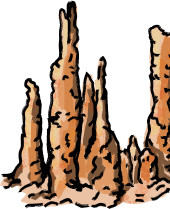Ice Age Britain
During the last Ice Age, the ice sheets never came as far south as Kents Cavern which meant more life could survive, even so the surrounding area was experiencing tundra like conditions.
Kents Cavern started to begin forming around 2 million years ago. Water began to create fissures, which led into larger passageways and chambers. The period from 1.6 million years ago to 12,000 years ago is called the Quaternary this included the period of the last Ice Age or glacial also known as the Devensian.
The table below shows the different glacial and interglacial periods as there were actually more than one.
| YEARS AGO | NAME OF PERIOD | CLIMATE |
|---|---|---|
| 750,000 – 350,000 | Cromerian Interglacial | Warm |
| 350,000 – 250,000 | Anglian Glacial | Cold |
| 250,000 – 200,000 | Hoxnian Interglacial | Warm |
| 200,000 – 125,000 | Wolstonian Glacial | Cold |
| 125,000 – 72,000 | Ipswichian Interglacial | Warm |
| 72,000 – 12,000 | Devensian Glacial | Cold |


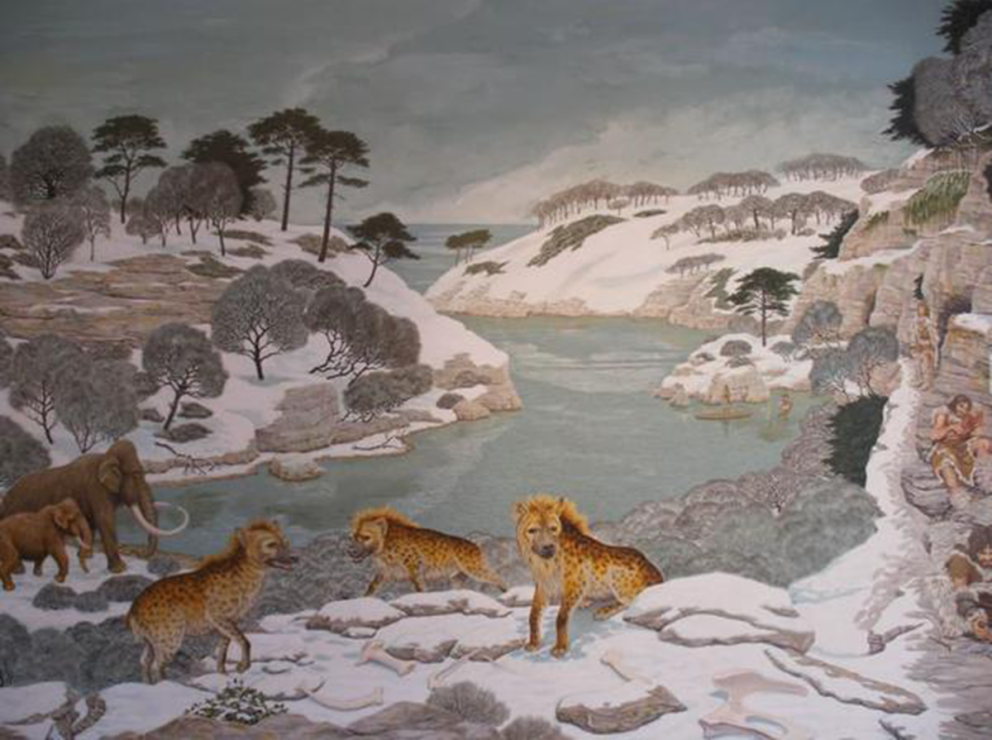
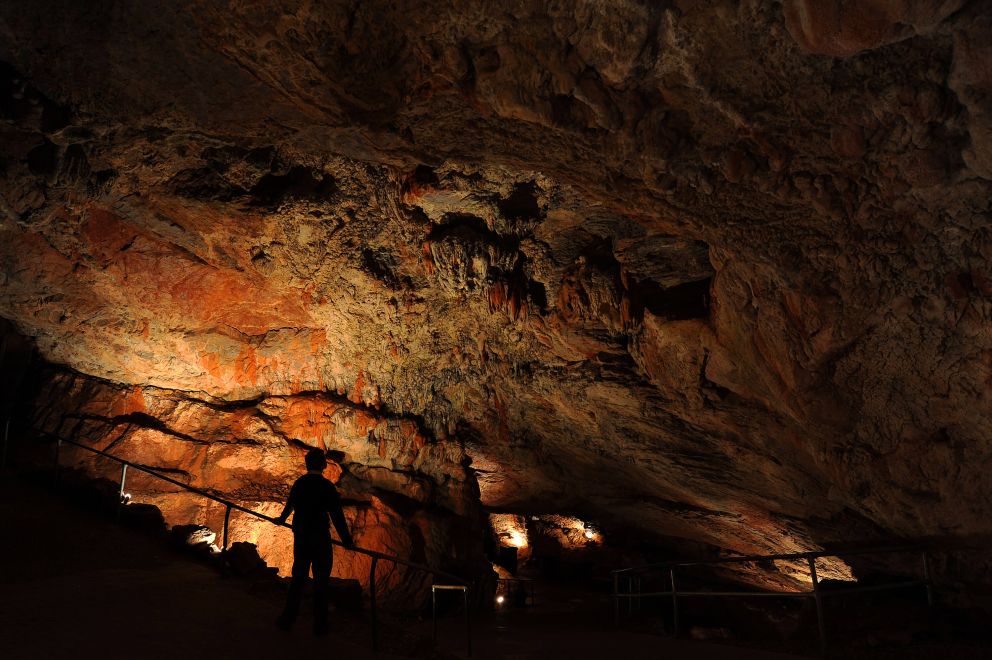
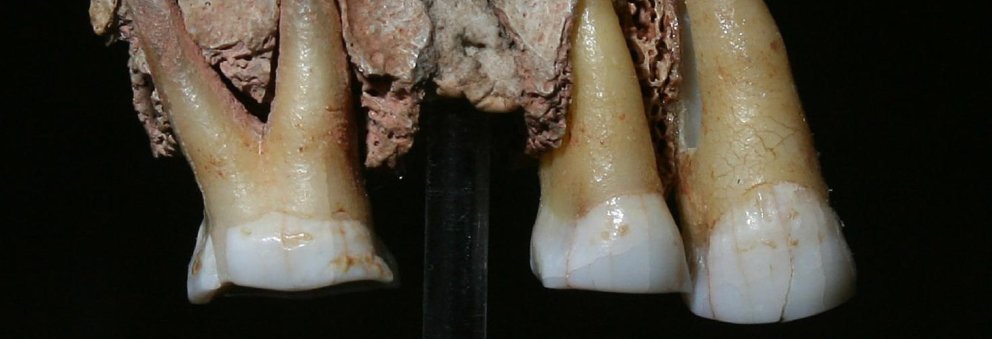


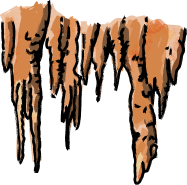
 picked.cave.lively
picked.cave.lively